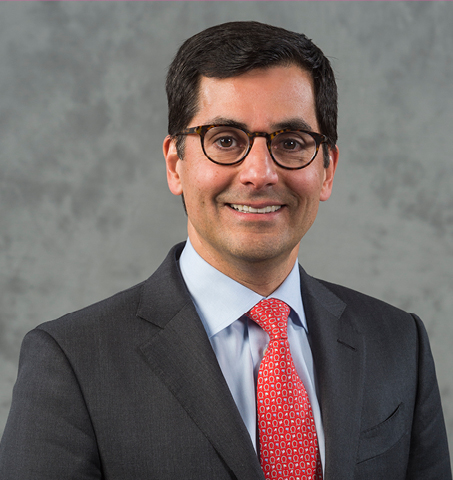One of our greatest assets as radiologists is the ability to fairly contract with insurance companies for the services we provide. One of the greatest threats to that ability is the issue of surprise billing. Accordingly, it is imperative that radiologists understand the policy solutions being discussed.
Also referred to as balance billing, surprise billing occurs when a patient receives an unexpectedly high bill for an out-of-network (OON) service performed at an in-network facility (for instance, a bill from an OON physician who provided services such as emergency care, anesthesia, or imaging at an in-network facility). While there is widespread agreement that this problem should be stopped and that patients should not be in the middle of disputes between physicians and insurers, there is disagreement on how to achieve that goal.
The issue affects those with private health insurance, not Medicare. Private health insurance is regulated at the state level, and several states have passed legislation to address surprise billing. State laws do not cover Employee Retirement Income Security Act (ERISA) plans. These plans are regulated by the U.S. Department of Labor and, hence, under federal jurisdiction. Since ERISA plans are a large fraction of the private insurance market, a federal solution is needed to remedy this problem.
Much of the debate centers on the amount to be paid by the insurer to the physician when an unanticipated OON circumstance occurs. The patient will be held to their normal in-network cost-sharing amount, with the rest of the bill reimbursed by the insurer. If the median in-network rate were adopted as the new mechanism to value a service — as has been suggested by some in Congress — a new payment ceiling would be established. It is critical to understand that this benchmarking approach would impact in-network rates, which would not be fully transparent to the public. A practice with a contracted rate above the median would have to accept a rate cut or they would be forced OON (and still take a rate cut). Why would a payor reimburse a higher in-network amount when they can cancel the contract and pay the new lower OON rate? Also, note that groups who wish to remain in-network will be reimbursed below the median rate, since there is always a discount associated with being in-network. Importantly, price-fixing ignores considerations such as quality of care and patient complexity. With their reimbursement now fixed, it also disincentivizes groups from making investments in quality improvement. Such meaningful reductions in reimbursement would reasonably be expected to impact service levels, potentially limiting patients’ access to care.
Physicians favor an interim payment for OON services, with the option for an independent dispute resolution (IDR) process to settle any differences. Such a plan would curb surprise billing while also preserving access to care. Use of IDR — essentially arbitration — protects good faith negotiations. The IDR process would include guardrails, such as a previously contracted rate, to guide the determination of a fair and appropriate payment amount. Baseball-style arbitration is a part of some states’ IDR process. With this style, each party submits a single monetary amount and the arbitrator chooses one of the two amounts without modification. This incentivizes both sides to be reasonable in their submission. The threshold amount above which IDR is permitted is important. If the threshold amount is too high, such as $750 in some proposals, or bundling of claims to meet the threshold is disallowed, then radiology services could be ineligible for the IDR process.
Another important consideration is transparency. There is patient frustration with the lack of transparency surrounding the network their insurer provides. Insurers should be required to update their network directories regularly and make those directories available online. Network adequacy requirements should be appropriately enforced. In addition, it is reasonable for patients, when possible, to be notified beforehand when OON services may occur.
Surprise billing is a real problem for some patients. The optics — patients receiving excessive bills that threaten their financial security — are unfavorable and have been latched onto by the media and policymakers. The belief among policymakers is that surprise billing needs to end, and physicians and insurers will not solve the problem on their own. Hence, they will do it for us. Against that backdrop, we must be fully engaged and supportive of proposals that end surprise billing without threatening physician practices and the patients they serve.
Dr. Silva would like to acknowledge the role of Richard E. Heller III, MD, MBA, vice president of clinical services at Radiology Partners, in the development of this column.

